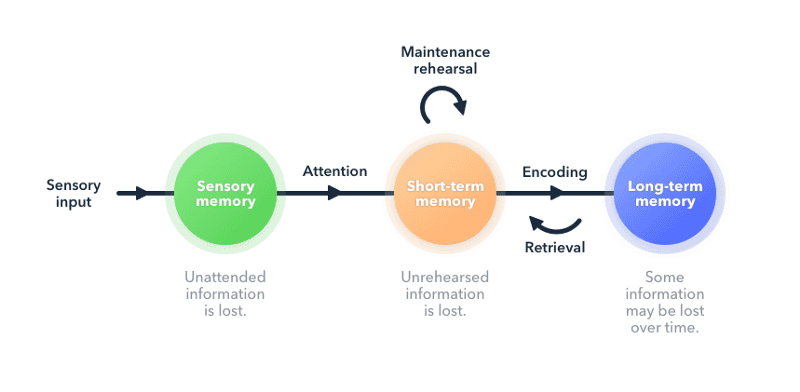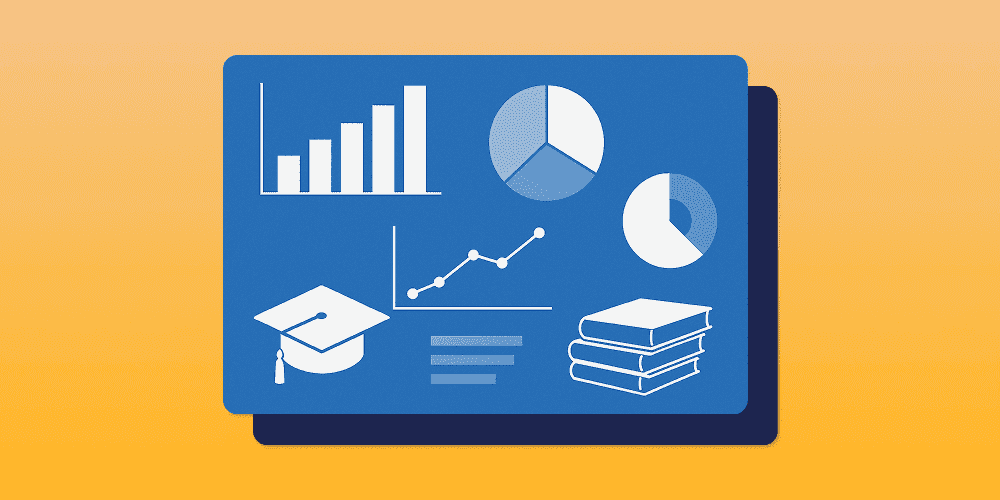
American summer tour! Wooclap will be at Anthology Together 2025
Come say hi at booth 301 from July 14th to July 16th in Las Vegas, Nevada
Why teachers need to understand how memory works
26.09.2018 • 2 minutes

Understanding how memory works in learning and retention
Memory is a fickle thing. Sometimes, you simply open the door to the storage room that is your brain and immediately locate the information you were looking for, neatly organised right where you left it. Other times, the process of retrieving a list of items, a number, or the names of people from your memory can be infuriatingly long and difficult. And in some cases, the exercise ends in failure, or to put it more plainly: you don't remember.
Teachers hope that when learners study new things, they will be able to recall the important bits at a later time, like during a test, for example. For that to happen, the information must be stored in the students’ long-term memories, which begs the question: how does that happen?
From short-term to long-term memory
The model below shows that information may or may not be stored in our long-term memory depending on how we process that information in our short-term memory. So, how does the brain select which information to retain? Does taking notes and paying attention in class - in other words, processing information in short-term memory - guarantee a student will remember that information by the lesson’s end? Unfortunately not.

The process from sensory to long-term memory
How much a student learns mostly depends on whether they were able to link the new information in their short-term memory to what was already in their long-term memory (their prior knowledge). This linking process between working memory and long-term memory - called active learning - is what will create and store memories of this new learning in the brain.
Therefore, if a student mostly listens and watches in a learning environment, without being given the chance to actively process new information, it is unlikely to be stored as new memories, no matter the student’s level of interest or attention. Why? Because most of their thinking and processing will take place solely in short-term memory, which is soon lost.
This means that if teachers do not incorporate active learning in their teaching practices, it is unlikely students will be able to apply essential concepts and skills anywhere beyond the classroom.
If you’re interested in learning more about teaching and studying practices you can apply to improve your students’ retention of information, have a look at some of our other articles:
Key terms used:
- Active learning: Creating an active dialogue between working memory and long-term memory; in other words, “thinking to learn”.
- Long-term memory: The part of the memory system where processed information is stored, managed, and retrieved for later use.
- Short-term memory: Part of the memory system where limited bits or simple chunks of information that have been attended to are held for a brief amount of time (5–20 seconds) for processing then lost.
- Working memory: is used when holding information in your short-term memory and then manipulating it in some way.
Content drawn from “The Science of Learning — What Every Teacher Should Know”, EdX: https://www.edx.org
Writer

Gauthier Lebbe
Content Editor @Wooclap. I love to write, learn, write about learning, and learn about writing. And hit readers with puns they don't see coming. You know, sucker puns.
A monthly summary of our product updates and our latest published content, directly in your inbox.



